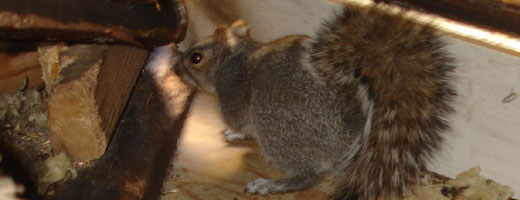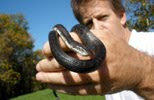Groundhogs – Protect Your Yard and Garden
These large rodent looking mammals are not just about telling you how soon the spring is coming. They commonly become pests when they start destroying gardens and put building foundations at risk.
Groundhogs (also known as woodchucks and marmots) are hibernators - they sleep from October to March. But once grasses and forbs appear, the groundhogs start eating them. They also like to eat tree leaves, fruits and vegetables. Many home owners reported woodchucks eating unripe tomatoes and apples that fall on the ground.
Aside from eating plants, they like to gnaw (chew) on things and make holes in the ground. Even if plants are located really close to the house, it makes no difference. The crop is just too attractive to woodchucks and they will go after it.
Commonly, they are seen out in the open, but if not, you can detect their presence by the clues they leave behind: chewed wood and plants. Their tooth markings are similar to that of a rabbit, but slightly larger.
Cute or Aggressive?
Typically, groundhogs will not go out of their way to attack household pets if they are not threatened. However, they often stand their ground and sometimes attack by biting.
If you suspect a groundhog (or a family of them) is living in your yard, please give us a call. We will assess the situation and safely remove them if found.




